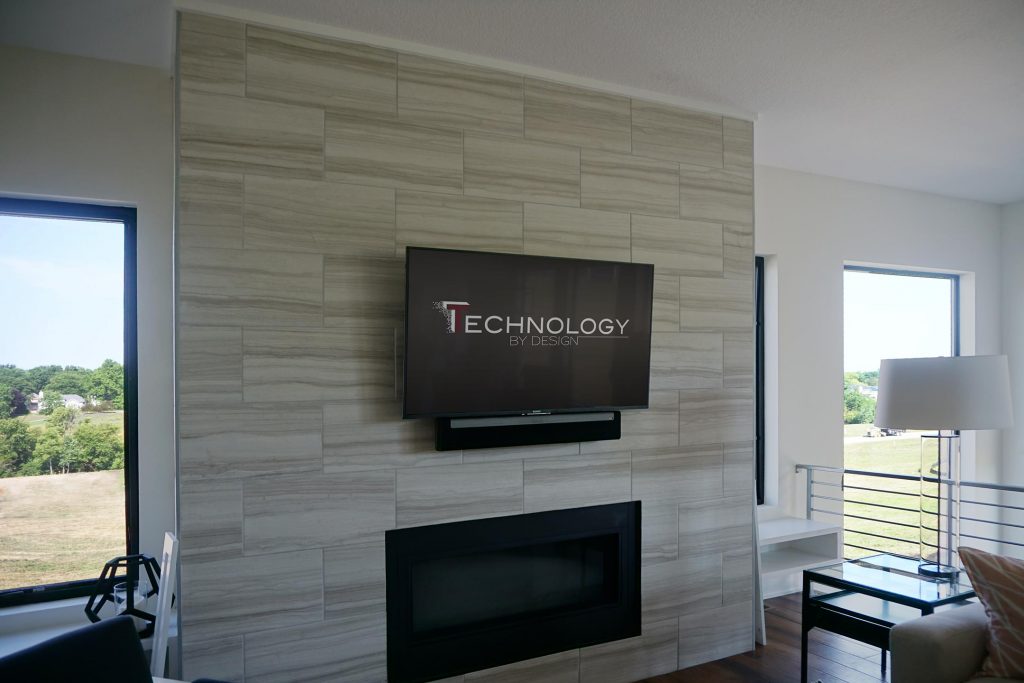Optimal Strategies for Positioning Surveillance Cameras to Enhance Monitoring Effectiveness
Optimal Strategies for Positioning Surveillance Cameras to Enhance Monitoring Effectiveness
Blog Article

Placing surveillance cameras effectively effectively remains crucial to enhancing surveillance in different environments, such as residences, businesses, as well as public areas. The main goal of surveillance systems remains to discourage crime while also offering evidence during case of events. To achieve this, it becomes essential to take into account several factors, including camera location, range of view, as well as the specific zones that require oversight. By understanding these factors, individuals as well as entities can create a comprehensive monitoring strategy that optimizes the effectiveness of their surveillance systems.
One of the initial steps in placing security cameras is to determine key locations that need monitoring. High-risk areas, such as entry points, exits, vehicle lots, and locations with valuable items, should be given priority. It is crucial to consider areas not visible, which may be locations that might not be seen from certain perspectives. By mapping out these key locations, surveillance personnel can guarantee that every corner is monitored, minimizing the chances of illegal activity going undetected. Additionally, placing cameras at key points can assist create a complete perspective of the premises, enabling for better total security monitoring.
The field of a surveillance camera remains another crucial factor to consider. Different types of surveillance systems offer different fields of vision, which can affect how many area gets captured in the footage. For instance, wide-angle cameras can monitor larger areas, making them ideal for spacious areas, whereas PTZ cameras can be modified to focus on specific features. When positioning surveillance systems, it becomes essential to select the appropriate type based on the location being observed. This guarantees that the system can record sharp images and offer valuable data in case of an incident.
Height and angle of installation go also play a significant role in the effectiveness of surveillance systems. Cameras must be installed at a height that remains out of grasp of possible interference but also enables for unobstructed visibility of identifying features and other recognizable details. A typical suggestion is mount systems at least 8 to 10 feet off the ground. Additionally, the angle at which the system remains positioned can impact its capability to record crucial information. Cameras should be angled to reduce reflection and prevent obstructions, ensuring that they can record sharp video at any moments.
In conclusion, routine upkeep and updates to the security system is crucial for sustained efficacy. This includes checking system functionality, wiping lenses, as well as making sure that firmware remains current. Frequent evaluations of the monitoring strategy can assist detect any additional areas not visible or areas that may require extra monitoring. By remaining vigilant and making necessary adjustments, people and organizations can improve their monitoring efficacy and ensure that their security solutions remain to serve their intended purpose.